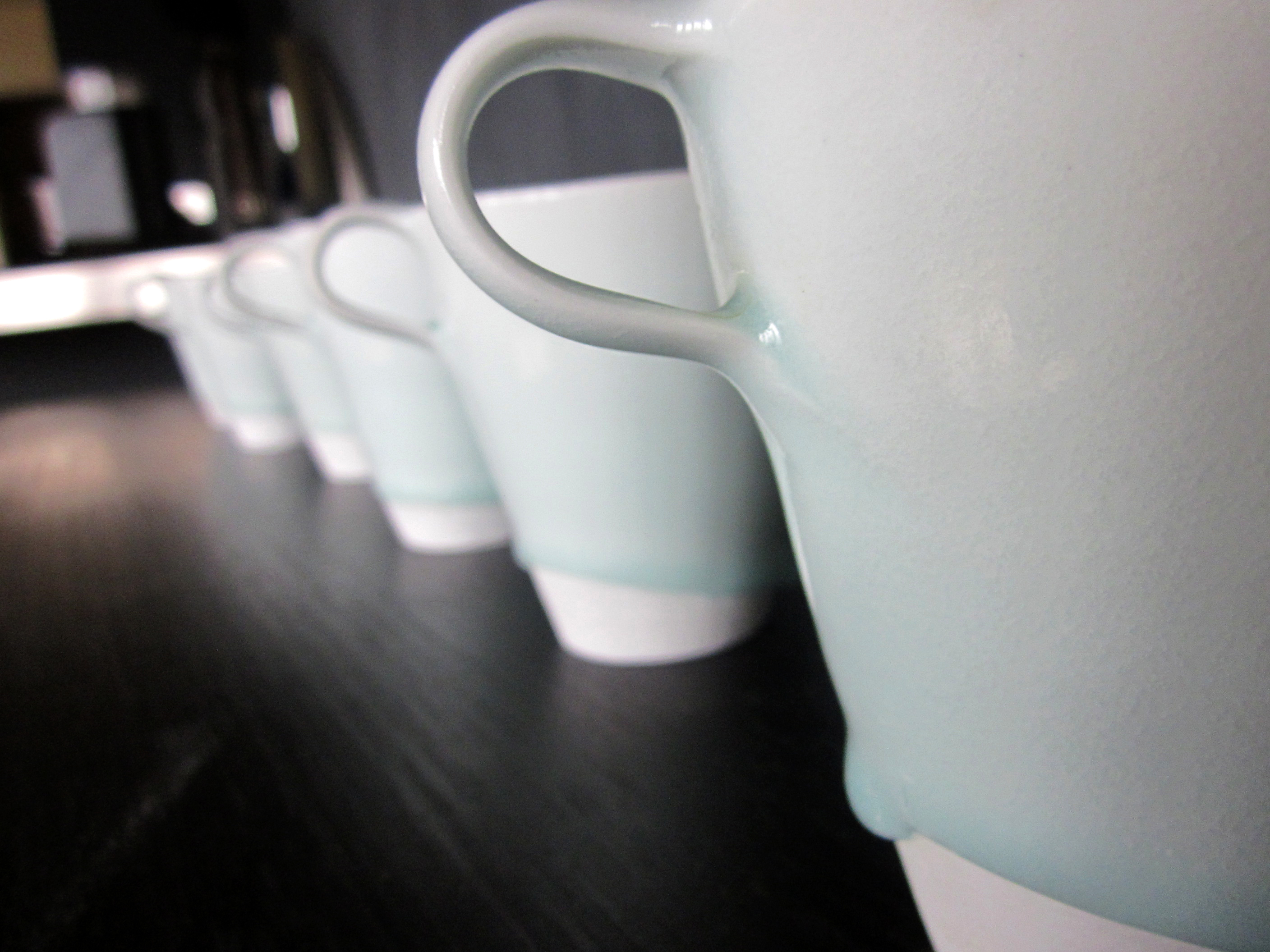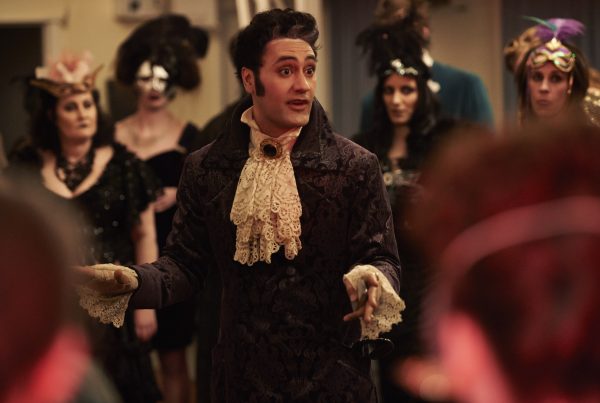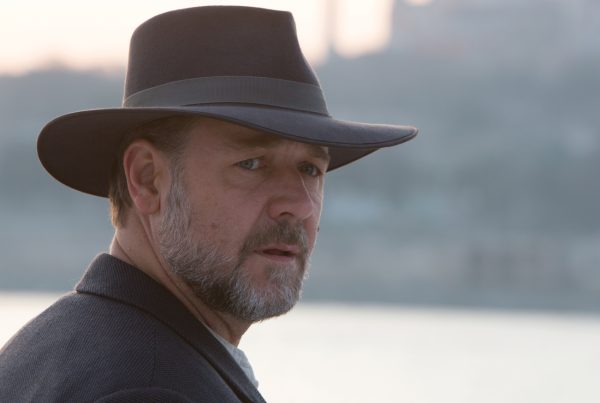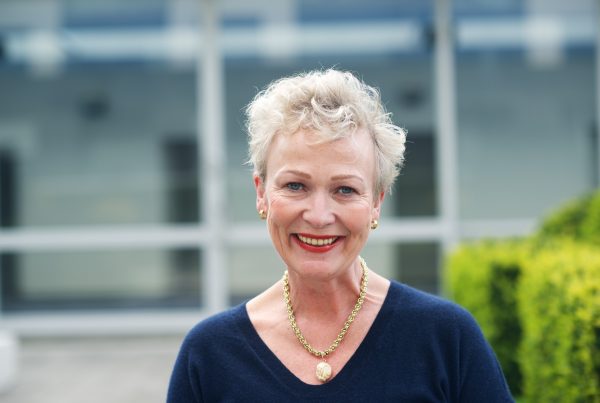
The exhibition was called Wasters, a term used for the rejects of industrial processing. She’d started the work for the exhibition while de facto artist-in-residence at UC Berkeley. It reused shards and ceramic pieces recovered from the shore of Point Isabel in San Francisco’s Bay Area. They were dumped there when the Tepco Pottery factory closed and probably while it was still operating.
Raewyn used the shards — often those with decals — to re-create new plates and new imagery.
And as she said that afternoon, history is a whole lot of shards reassembled in different ways according to who’s doing the telling. And this sense of reconstructed stories underpinned the work in Wasters — whether it’s
the reconstructed art history of The other shore, a work that takes the drawing by Isaac Gilsemans’ A view of the Murderers’ Bay, as you are at anchor here in 15 fathom (1642) and presents it in fragments; or the sense of reconstructed lives that the sepia-toned plates — pieced together from shards — creates with its families of homeless people and their shopping trolleys.
The exhibition also included bigger works like Wasters I, a large circle of cup pieces with handles still attached. At the top the pieces are ultra-white, but the white muddies as the eye travels down. And at the bottom, red pieces have barnacles attached. When I noticed this, it made me look at the work a little differently. I got a feeling of things sinking and regenerating.
And these cup handles bring me to Raewyn’s latest work — a series of wheel-thrown porcelain cups, plates and bowls. They are glazed with her signature colour — a sort of glacial blue that melts and congeals on undersides, and makes me feel like I’m staring through ice at something.
And this exhibition of domestic ware seemed an appropriate ending to the year as we know it: the moment that is signalled by a gathering of family and friends around a table laden with food and wine. Everyone exhausted but in celebration that it is all, finally, over.
What a year — in the arts, politically, socially. One to remember. And so it was I took pleasure in Raewyn’s immersion in family and domestic life reflected in these exquisite, quiet cups, plates and bowls. Happy holidays.
Art in December and January
This month at Enjoy is Loaded, curated by Gary Peters and Sarah Caylor. It features a super-interesting mix of artists — Johl Dwyer, Mikayla Dwyer, Julia Morison, Elizabeth Newman and John Nixon. That’s until 13 December, followed four days later by the annual Buy Enjoy. Everything in this exhibition is $125 and you can often buy yourself a present by your favourite artist of the moment. In January, curator Ema Tavola and a group of Pacific artists — Tanu Gago, Leilani Kake, Luisa Tora — will be in residence. Watch that space.[/info]





